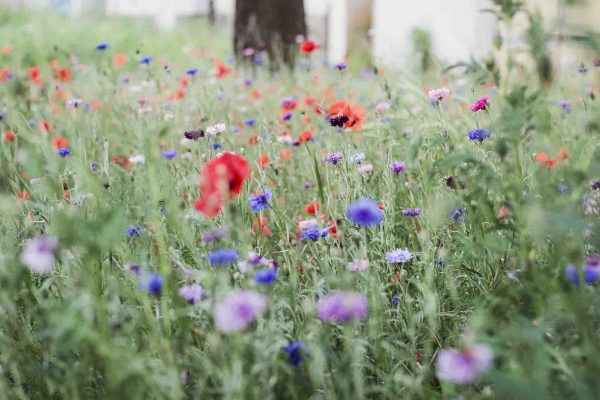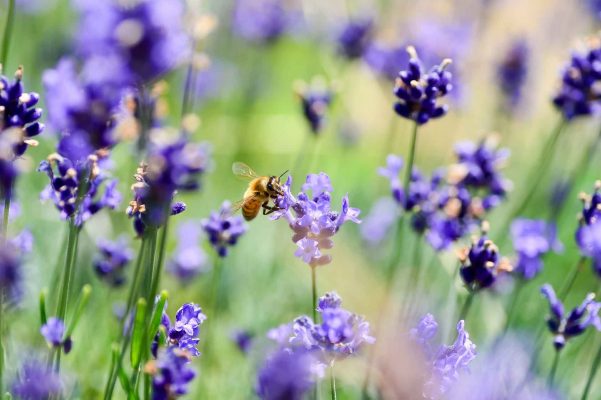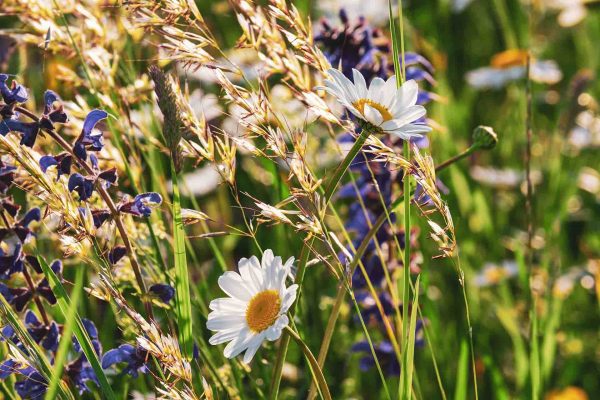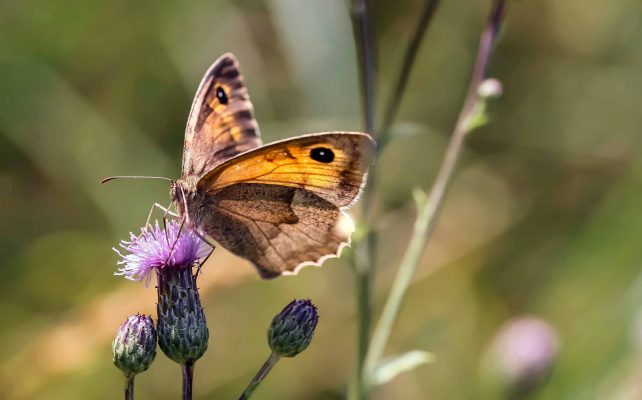In the UK we have been introducing the idea of ‘pollinator corridors’, areas of land which have been returned to nature, set aside and sown with wild seeds. We heard about pollinator corridors on the BBC series This Farming Life, but we came across specific research, published in the US, analysing the effects of small pollinator intervention planting schemes on pollinator abundance.
These planting scheme interventions are about planting wildflowers in small gardens and the fields of not-for-profit organisations in areas of up to 50 square meters in size. The research sought to quantify how effective these planting schemes are at increasing pollinator diversity.
How small pollinator corridors affect pollinator diversity
The research looked at how these small ‘pollinator corridors’ positively affected the diversity of pollinators across a much wider area of several hectors.
Findings showed, however, that the benefits of small interventions like this are not really sufficient on their own.
Unless there are lots of these interventions joined together to form a wide corridor area, spanning the whole ecosystem that the insect pollinators require, then their overall density is just not great enough.
Pollinator planting interventions
The US research team had undertaken a meta-analysis consisting of 31 independent research studies which assessed the effect of pollinator planting interventions, such as hedgerows, mowing control and herbaceous strips. They assessed the pollinator species richness against the type and size of intervention.
It was found that pollinator conservation generally increased species richness and abundance in most of the studies examined.
Next, the team undertook primary research incorporating small pollinator habitats that were approximately 30 m² and were within community gardens and farms, measuring less than 150,000 m².
They added that small additions to pollinator resources
‘had a significant local impact on pollinator abundance, but this effect was lost when these relatively small additions were introduced to sites in larger landscapes (<150,000 m²)’ ( Donkersley et al., 2023).
Analysis the size of the interventions on pollinator abundance
When describing their results from the meta-analysis and their own research, the team found from the meta-analysis that ‘small interventions above a 500 m2 threshold value, had higher median species richness and abundance than plots below 500 m2 .
However, at interventions larger than 500 m 2 , there was little evidence that further increases in scale produced additional intervention benefits to pollinator abundance or species richness.’ (Donkersley et al., 2023).
‘Scale is an important constraint for insect pollinator diversity, and going ‘bigger’ displays clear diminishing returns, at least directly in-situ.’
As for their primary research, the research team stated that the results of their study ‘primarily demonstrated that small interventions have demonstrable benefits to pollinator diversity on these community gardens, but only when those gardens/farms are smaller than 50,000 m².‘
One conclusion the team drew from this finding was that ‘although small interventions are attractive to land managers a minimum density of them may be required to affect these larger landscapes.’ (Donkersley et al., 2023).
Encouraging small landowners to preserve insect pollinators
Therefore, the team concluded that small interventions at approximately 500m2, can significantly benefit pollinators, albeit exclusively when they are distributed densely at landscapes level. They had said that this data is promising and could potentially play a role in encouraging smaller landowners to preserve insect pollinators.
Furthermore, under the highlights section, it had stated ‘smaller interventions are more practical and may be easier to encourage wider uptake from smaller entities.’ (Donkersley).



